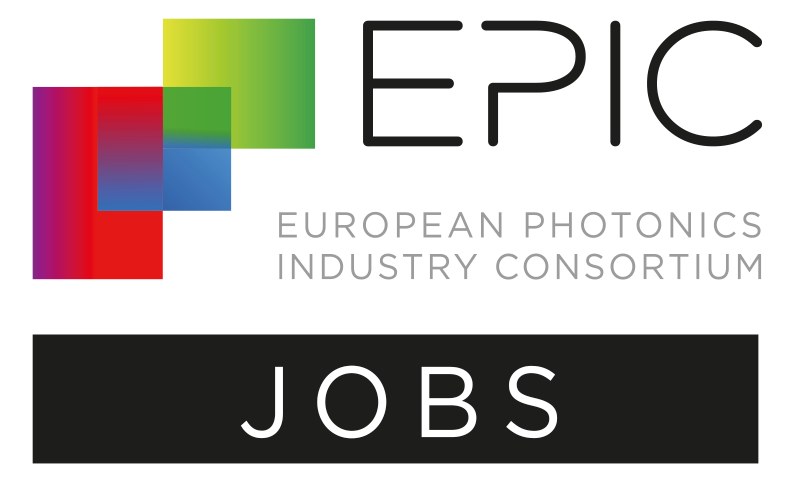As part of this internship, this involves: explore all existing scenarios from TIMES models and the literature in order to identify the main H2 modeling approaches in Energy System Models (ESM) and to establish advantage/disadvantage comparisons of each approach. The work carried out in 2023 at the level of Task 41 ”Analysing and Modeling of Hydrogen Technologies” of the ”Hydrogen Technology Collaboration Program” will contribute to this analysis, carry out an inventory of the model database, at the processing level of the value chain H2 ”production-storage-delivery-end-uses”: sourcing, technico-economic hypotheses (CAPEX-OPEX, electrolyser Load factor, etc.), technical development potential, deployment rate, CO2 emissions, resource requirements, etc., produce a synthesis on the methodology for modeling low-carbon H2 deployment strategies in the JRC-EU-TIMES model based on the different case studies at the level of the different uses of H2 such as for transport or industry or at the level of H2 production such as the study of the flexibility of electrolyzers and the adjustment of the load factor in relation to VRE production. carry out a case study of the energy transition scenario identified following the synthesis work integrating improvements in the modeling of technology processes or the value chain. carry out sensitivity analyzes and evaluation of results.
